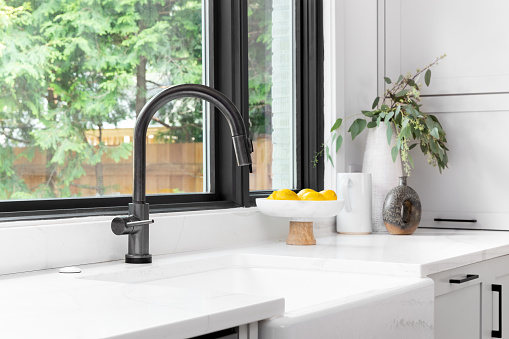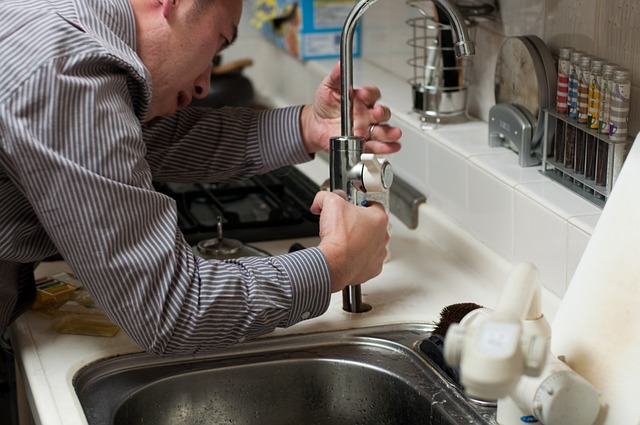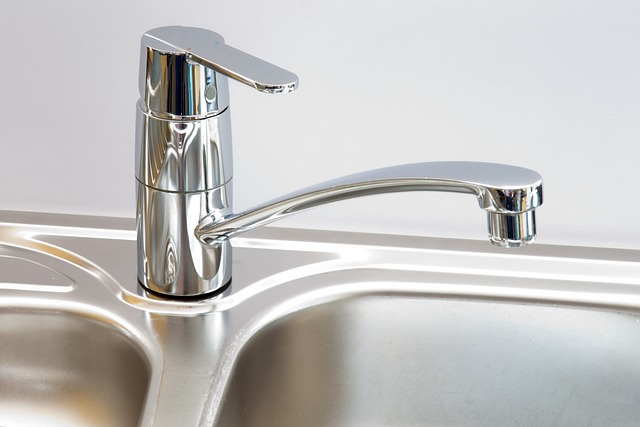Venting a kitchen sink under a window can be tricky, but it’s not impossible if you know what you’re doing. This step is necessary to keep the air flowing properly through your pipes and avoid common problems like clogs or bad smells. You can air your home even if there is a window in the way. This guide will show you easy ways to do this. If you want to do a project yourself or just learn more about how it works, this piece will give you the tools and information you need to do it right.
Why Proper Ventilation Is Important
Properly draining a kitchen sink is important to make sure your plumbing works well. Venting lets air into the drainage system, which keeps the lines from getting too full of negative pressure. If there isn’t enough air flow, water might not drain properly, which could cause problems like slow draining or even blockages. Also, if your vents aren’t working right, sewer gases can back up into your home and make it smell bad and pose health risks. Making sure that the vents on your kitchen sink are set up properly not only protects your plumbing but also keeps your home safe and comfortable.
Can You Vent a Sink Under a Window?
You can vent a kitchen sink under a window, but you may need to make some special plans because of the limited room. When a window gets in the way, it can be hard for traditional vent lines to run vertically. But these problems can be solved in other ways, such as by adding an air admittance valve (AAV) or using horizontal venting techniques. AAVs are a popular choice when vertical venting is not possible because they let air into the plumbing system without the need for an outside vent. Venting under a window can be done correctly without affecting your pipes if you plan ahead and take the right steps.
Tools and Materials You will Need
Before venting your kitchen sink under a window, make sure to gather the following tools and materials:
Tools
- Pipe wrench
- Pipe cutters
- Hacksaw
- Measuring tape
- Screwdriver
Materials
- PVC pipes
- PVC elbows and fittings
- Air admittance valve
- Teflon tape
- Pipe cement (for sealing joints)
- P-trap
- Vent pipe or fittings
Step-by-Step Guide to Venting a Kitchen Sink Under a Window
Looking at your setup
First, check to see if there is enough room for a normal vertical vent pipe or if an air admission valve (AAV) is required. The AAV is a better choice because the window may block a straight vent pipe. Make sure that your method follows the rules for building in your area.
Putting in the P-trap and drain pipe
Put the P-trap on the drain of the sink to stop sewer gases from getting in. Next, use PVC pipes to join the P-trap to the wall drain. To stop leaks, make sure that pipe cement is used to seal all joints tightly.
How to Choose the Venting Method
If there is room, connect the main stack to a vertical vent pipe. If necessary, use a small horizontal piece. Install an AAV above the P-trap to let air move without having to use a vertical pipe if the window takes up too much room.
What You Need to Do to Connect the Vent or AAV
For a regular vent pipe, connect it safely to the main vent stack and make sure all the openings are sealed. If you use an AAV, put it somewhere above the drain pipe that is well-ventilated and easy to get to.
Checking the System
After installing the sink, run water through it to make sure the drain works well and there are no leaks, bubbling sounds, or slow drains.
By following these steps, you’ll be able to properly vent your kitchen sink under a window, allowing water to drain and air to flow.
Conclusion
It might seem hard to vent a kitchen sink under a window, but it’s completely possible if you do it the right way. Whether you pick a standard vent pipe or an air admittance valve (AAV), both will make sure air flows properly and keep drainage problems from happening. By following the steps given, you can finish the work correctly and keep your plumbing in good shape. If you are having any problems or aren’t sure what to do, it’s always a good idea to talk to a skilled plumber. Making sure the vents work right is important to avoid problems in the long run, so do it right the first time.






